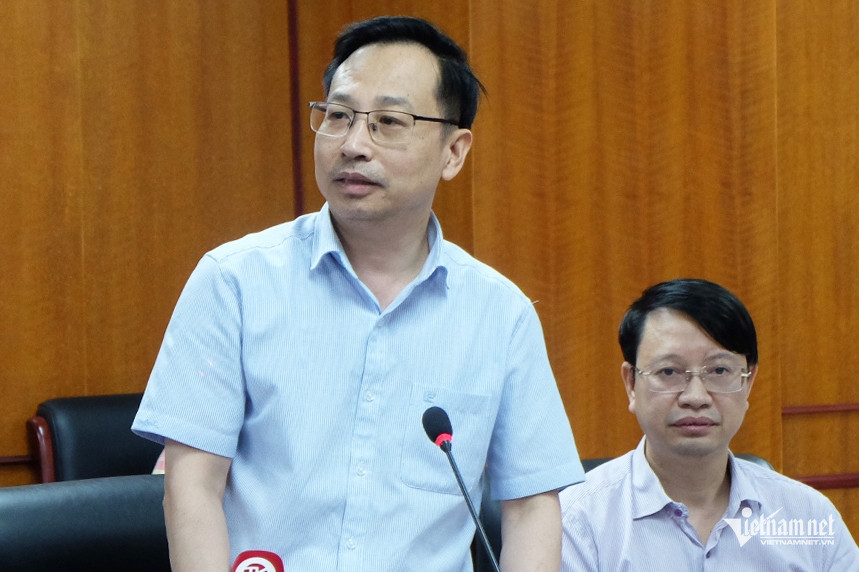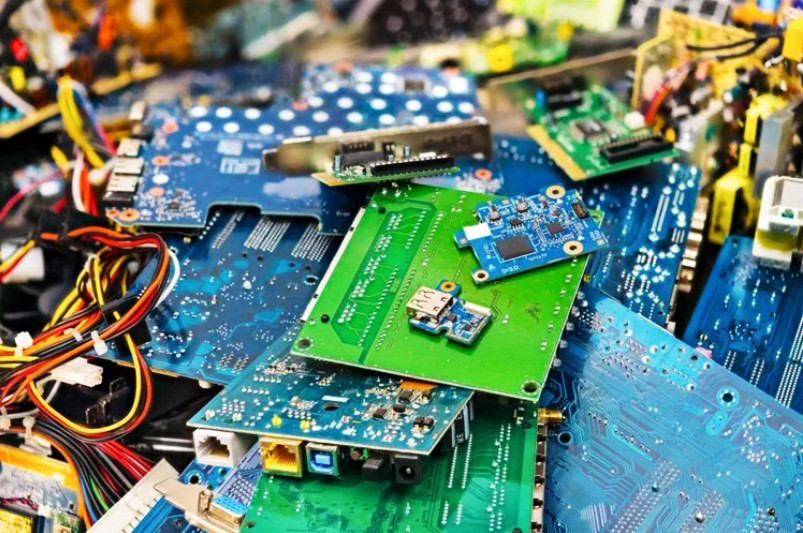Vietnam currently lacks a factory capable of processing rare earth ore into products that meet export standards, where the total rare earth oxide content must be at least 95%. This information was recently shared by Ass. Prof., Dr. Hoang Anh Son, Director of the Institute of Materials Science, during the quarterly press conference of the Vietnam Academy of Science and Technology.

According to Ass. Prof., Dr. Hoang Anh Son, although the technology for separating individual rare earth oxides and purifying them to high purity has been researched in Vietnam for a long time, it has mostly been limited to laboratory settings, with no technology being applied in practice.
Recently, many enterprises and foreign partners from the US, Japan, South Korea, and other countries have shown interest in cooperating with Vietnam in the field of rare earth mineral extraction and processing. However, only a few producers in these countries possess advanced rare earth processing technology. They retain the intellectual property and keep the technology confidential without transferring it.
"The technology to manufacture rare earth metals and create materials for producing electric vehicles, wind power, and defense industry products requires very high technological levels and has hardly started in our country," Son stated.
Overall, the extraction and processing of rare earth mines in Vietnam are still very limited. The main reason for this delay is that enterprises have not mastered the technology to process products to the required standards (rare earth oxide content ≥ 95%) and do not possess the technology to separate individual rare earth products.
Given this situation, the Vietnam Academy of Science and Technology proposes that the government investigate and assess the rare earth reserves, prioritizing the application of technology from the Fourth Industrial Revolution to exploit and utilize rare earth resources efficiently and rationally for economic, social, and national security development.

"Surveying to set directions for effective exploitation, processing, and application of Vietnam's rare earths, balancing extraction with national mineral reserves for large-scale strategic minerals such as uranium and rare earths, provides a basis for sustainable social development," the Director of the Institute of Materials Science suggested.
Vietnam also needs to build scientific and technological potential by establishing strong research centers for rare earths, gathering leading scientists and experts, and investing in modern research infrastructure and equipment for the extraction and deep processing of rare earths, as well as environmental management.
The Vietnam Academy of Science and Technology volunteers to develop a research program for advanced rare earth processing technology, separating high-purity rare earth oxides and creating rare earth magnets for the electric vehicle and wind power industries, aiming to bring them into practical production within the next decade.
Scientists also propose enacting specific mechanisms and policies to develop Vietnam's rare earth industry, closely linking research, technological development, and production implementation.
Vietnam needs to create policies and mechanisms to attract enterprises to invest in deep rare earth extraction and processing, including technology transfer clauses, especially from countries with advanced rare earth industries such as Japan, South Korea, and the United States.
Rare earth elements, comprising 17 metallic elements, possess unique magnetic, electrochemical, and luminescent properties. They are strategic materials for producing semiconductors and are used in smartphones, hard drives, electric vehicles, military defense systems, clean energy, and medical equipment.
According to the US Geological Survey, Vietnam holds approximately 22 million tons of rare earth reserves out of the world's total of 130 million tons, ranking second only to China (44 million tons).
Trong Dat